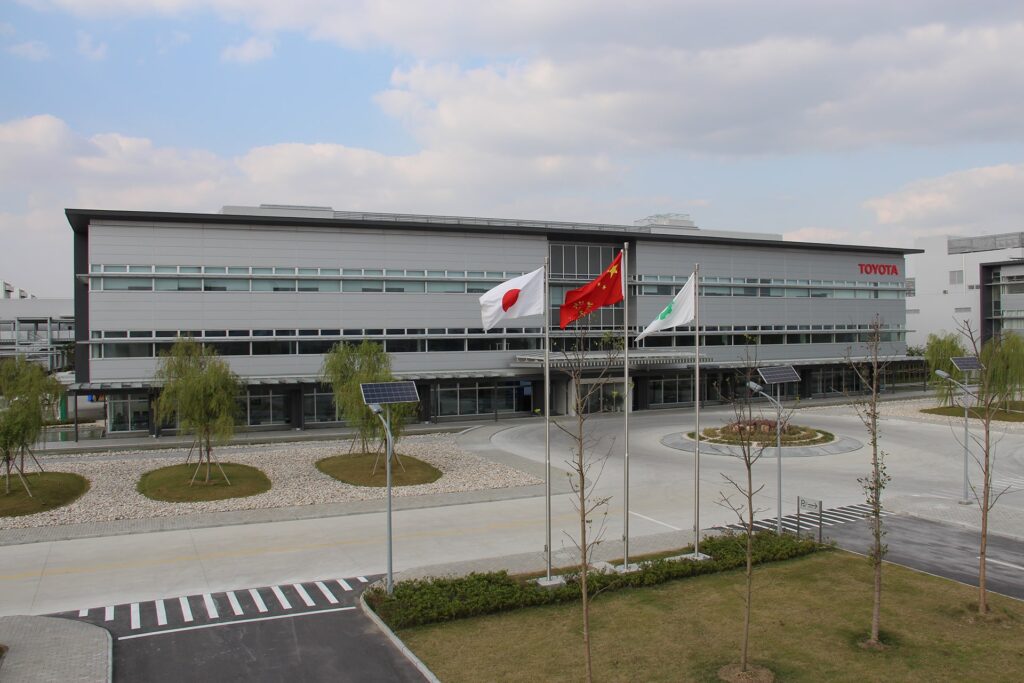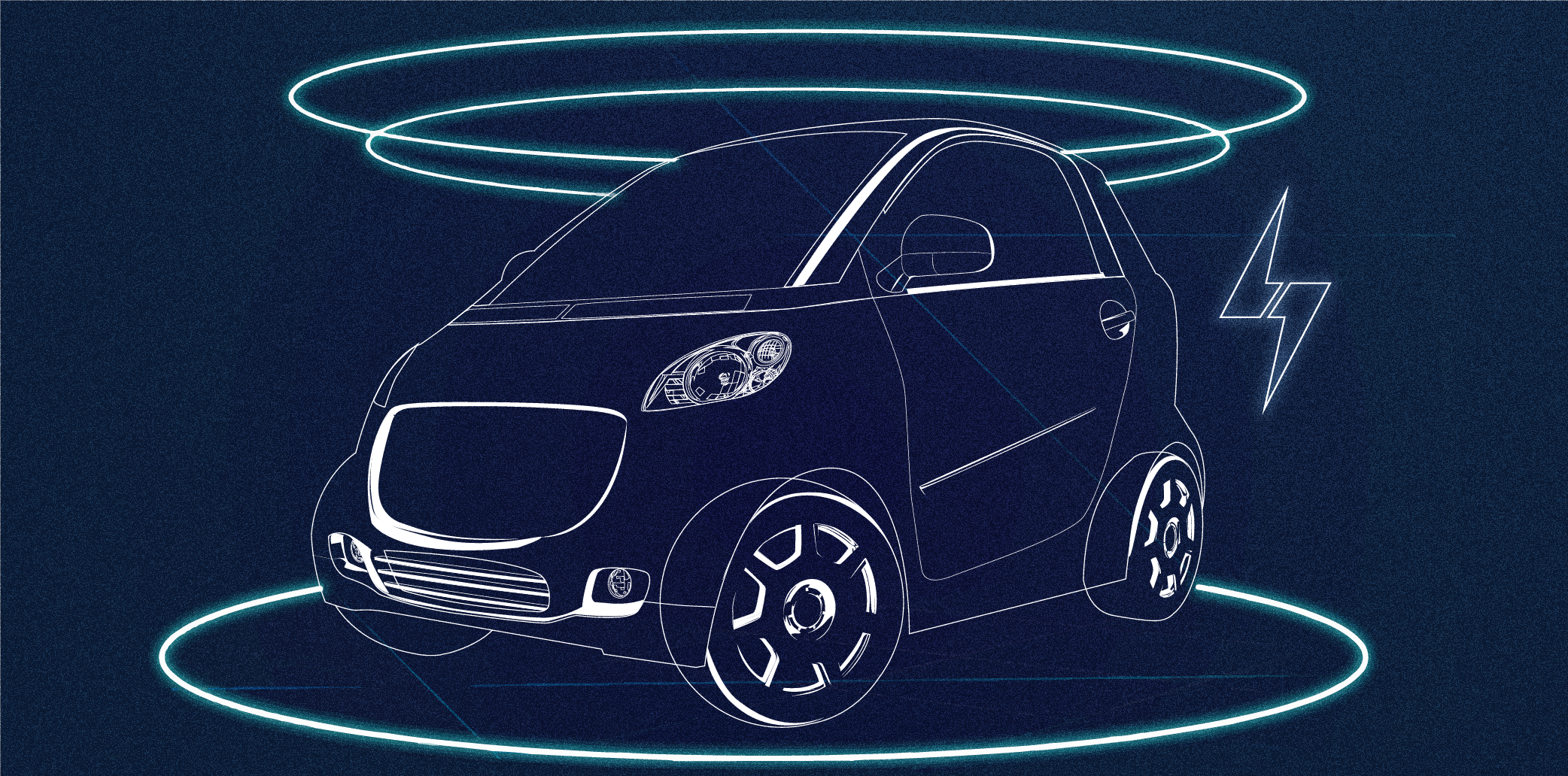Toyota’s China division, facing mounting performance pressures, is undergoing a series of leadership changes.
Multiple sources told 36Kr that since the start of the year, Toyota has initiated several personnel adjustments within its China operations. Among these changes, Toyota China has notably appointed its first ever Chinese general manager, Li Hui.
Another key move drawing attention is the reassignment of Hiroyuki Fujiwara, general manager of GAC Toyota, who has transferred to FAW Toyota to take on the same role.
“It’s quite rare for the general manager of GAC Toyota to become the general manager of FAW Toyota,” a veteran Toyota insider told 36Kr when discussing the shake-up. Additionally, Wang Junhua, vice general manager at Toyota’s Intelligent ElectroMobility (IEM) R&D Center in Jiangsu, will also be joining FAW Toyota.

“The pressure on performance is significant, and Toyota has clearly accelerated its various adjustments and experiments, including appointing Chinese executives to lead operations,” another Toyota source said.
In addition to leadership changes, Toyota is laying the groundwork for a broader business integration in China. Sources indicate that the company is planning to optimize its twin-model strategy and has already outlined a preliminary direction.
At the product level, some twin models may be consolidated, potentially leaving only one variant available for sale.
The twin-model strategy refers to Toyota’s practice of producing nearly identical vehicles under different joint ventures—such as GAC Toyota’s Levin and FAW Toyota’s Corolla, or GAC Toyota’s Camry and FAW Toyota’s Avalon.
“If this isn’t addressed, dealerships from both Toyota joint ventures will end up cutting prices to compete against each other, ultimately eating into Toyota’s own profits,” a source said.
Following the consolidation, both FAW Toyota and GAC Toyota dealers would share sales rights and split the profits, according to sources familiar with the matter.
However, when 36Kr reached out for confirmation, FAW Toyota denied the plan, stating that no such consolidation is currently in place.
Merging vehicle models presents significant challenges, as each model is tied to distinct production facilities and sales channels. “One potential plan under discussion is to keep both factories running but unify the branding,” a source said. The more complex aspect of the integration lies in the dealership networks, where profit distribution remains a key negotiation point.
Minimizing internal competition and aligning resources to face external challenges will be a critical issue for Toyota’s China operations.
Defending its market position in China
In 2021, Toyota set a new sales record in China for the ninth consecutive year, delivering 1.94 million vehicles. However, from that point on, the rapid growth of Chinese new energy vehicles (NEVs) and domestic brands has intensified competition, causing Toyota’s sales to decline. By 2024, its China sales had dropped to 1.776 million units.
At the heart of this decline is the increasing competitive pressure Toyota faces in China.
Take the Camry, as an example. The eighth-generation Camry, launched through GAC Toyota in 2016, achieved over 1 million units in cumulative sales in China, posting five consecutive years of growth and securing the title of bestselling midsize sedan in both 2022 and 2023.
However, the ninth-generation Camry, which debuted in March 2023, has struggled. According to GAC Toyota’s public data, the new model received only 9,136 orders in its first two months, compared to 30,000 orders for the previous generation in just over a month. By 2024, Camry’s annual sales in China had plunged to 158,000 units, nearly 50% lower than the 225,000 units sold the year before.
Meanwhile, the BYD Qin L, a direct competitor launched around the same time, achieved over 220,000 sales in seven months. Compared to the Camry, the Qin L, with its plug-in hybrid powertrain, offered superior efficiency, performance, and advanced tech features—all at a lower starting price of RMB 99,800 (USD 13,972), ultimately dethroning Toyota’s Camry in China.
Shifting consumer preferences pose Toyota a challenge
Beyond price wars, Toyota is also struggling to keep up with evolving consumer preferences.
For years, Toyota was synonymous with fuel efficiency and durability—attributes that made it the go-to brand for cost-conscious Chinese car buyers. This reputation helped Toyota and other Japanese automakers dominate China’s passenger car market for decades.
However, Chinese brands like BYD have disrupted this status quo. With its Qin and Song series, BYD has ingrained plug-in hybrid technology into consumers’ minds, positioning itself as the new benchmark for affordability and reliability.
This competition is not only affecting the Camry, but also Toyota’s other key models, including the Corolla, RAV4, and Prado, all of which are facing similar pressure from homegrown brands in China.
Although China is not Toyota’s largest market, intensifying competition there demands attention, especially as the company faces financial headwinds globally. In Q2 of FY2025, Toyota’s net profit plummeted 55% year-on-year, with both its Japan and US markets experiencing declines. Ironically, China was one of the few regions where Toyota still recorded growth.
How will Toyota turn the tide?
Toyota’s immediate priority in the Chinese market is to maintain sales volume. Over the past year, it has relied on a traditional strategy: price cuts.
Since launch, the Camry has undergone multiple rounds of price reductions. Initially priced at RMB 171,000 (USD 23,940), the model can now be purchased for less than RMB 140,000 (USD 19,600). Even the Avalon, positioned slightly above the Camry, has seen its price drop below RMB 150,000 (USD 21,000).
However, for Toyota, price cuts come at the expense of dealer profitability. A dealership insider told 36Kr that the wholesale price dealers pay for Toyota vehicles typically ranges from 90–95% of the official retail price, depending on the model and timing. “Right now, most Toyota cars are selling at 70% to 80% of their original price—meaning dealers are selling at a loss.” The only way for dealers to stay afloat is by relying on year-end rebates from Toyota.
With low margins and declining demand, some dealers are exiting the business altogether. “Last year, especially in central cities like Wuhan, Toyota dealers exited in large numbers,” an industry source said.
Toyota’s decision to consolidate its twin models is a direct response to this profit erosion.
In fact, resource integration is becoming an industry-wide trend. Geely, for example, recently merged its Zeekr and Lynk & Co brands, shifting from aggressive expansion to a more strategic resource optimization approach. Meanwhile, Honda and Nissan have also announced their own consolidation plans to tackle declining sales and operational challenges.
Unlike some global automakers that are taking a cautious approach in China, Toyota is betting big. It aims to boost its annual production in China to 2.5–3 million vehicles by 2030, an 80% increase from its 2024 sales of 1.776 million units.
To achieve this, Toyota is ramping up investments in localized R&D. Its Toyota IEM R&D Center is spearheading developments in intelligent and electric vehicle technology.
Li, the newly appointed general manager of Toyota China, also recently shared that starting in 2025, Toyota will build a dedicated R&D system in China, mirroring Volkswagen’s strategic shift.
From technology partnerships with Huawei to investments in range-extender systems and small-engine plug-in hybrids, Toyota is charting an aggressive course for China’s evolving market.
KrASIA Connection features translated and adapted content that was originally published by 36Kr. This article was written by Xu Caiyu for 36Kr.

